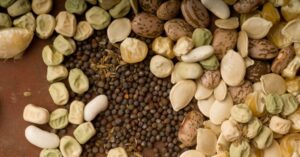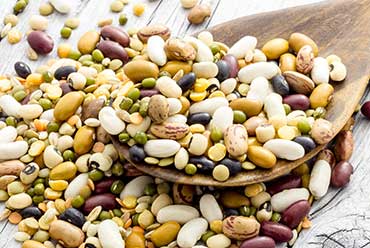As of May 2025, the U.S. seed industry is experiencing a dynamic period marked by technological advancements, policy shifts, and evolving conservation strategies. Here’s an overview of the latest developments:
🌱 Seed Supply and Market Trends
-
Stable Seed Supplies: Following robust harvests in 2024, seed availability remains strong across the Midwest. Companies like Stine Seed Co. report steady supplies, with only modest price increases anticipated due to rising operational costs. Farm Progress
-
Market Growth: The North American seed market expanded by approximately 1.2% in 2024, reaching a valuation of $17.47 billion. This growth is driven by heightened demand for high-quality seeds exhibiting traits like disease resistance and improved yields. CropLife+1GlobeNewswire+1
🧬 Innovations in Seed Technology
-
Climate-Resilient Varieties: Breeding programs are focusing on developing seeds that can withstand environmental stresses. For instance, Bayer is working on drought-tolerant tomato varieties to address challenges posed by climate change. WSJ
-
Advanced Seed Treatments: The introduction of products like Channel Edge offers soybean farmers customizable seed treatments to combat pests and diseases, enhancing crop protection and yield potential. Farm Progress
🏛️ Policy and Conservation Efforts
-
Funding Reductions: Recent budget cuts have impacted the U.S. National Plant Germplasm System, which safeguards over 620,000 plant varieties. These reductions threaten essential activities like seed regeneration and research, potentially compromising future agricultural resilience. The Guardian
-
Community-Based Conservation: There’s a growing emphasis on in-situ conservation—cultivating and sharing seeds within local communities—to maintain biodiversity and adapt to changing environmental conditions. This approach complements traditional seed banking methods. The Guardian+1Wikipedia+1
🌾 Seed Viability and Storage
-
Longevity of Seeds: While seeds don’t have a fixed expiration date, their viability diminishes over time. Proper storage—cool, dry conditions—can extend seed life, with some remaining viable for several years. Gardeners are encouraged to perform germination tests to assess seed viability before planting. Southern Living
 If you’re interested in more detailed information on specific seed varieties, suppliers, or conservation programs, feel free to ask!
If you’re interested in more detailed information on specific seed varieties, suppliers, or conservation programs, feel free to ask!


